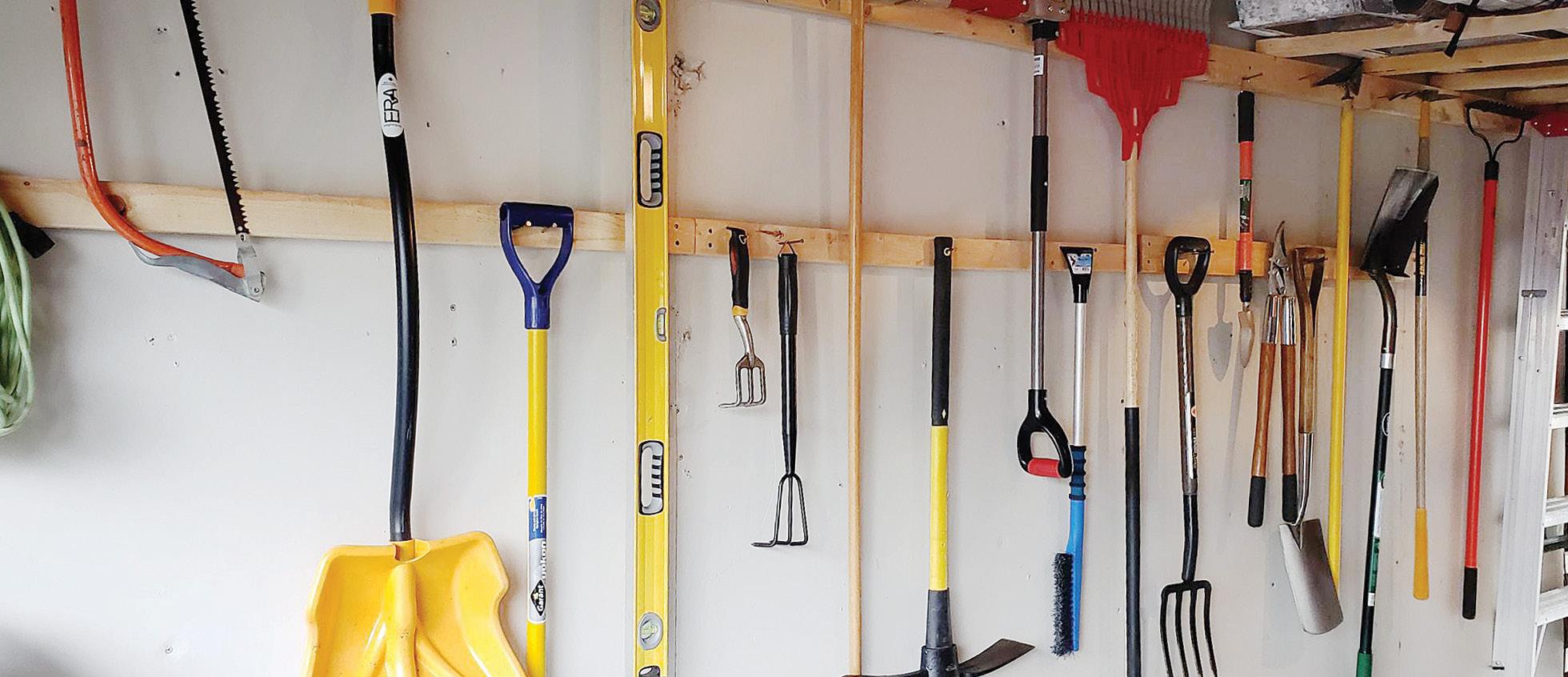Cheating the climate gods Photos by Dan Bostan
The unheated greenhouse under a blanket of snow.
E
ngineer Dan Bostan says you can grow peaches in Winnipeg and pomegranates in Toronto by using his methods to build a “Plus4Zones” greenhouse. Does it sound too expensive for you? Well get this: it requires no outside energy at all, relying instead on various types of passive heating. Dan lives in Montreal. Over the past several years, he’s built six different greenhouses in his urban back yard to grow apricots and sweet cherries. Then a couple of years ago he found an old barn with, walls of corrugated metal and plywood, to change into a greenhouse. He shares his experience in a few videos on Youtube, the most complete at the QR code His principles are these: Snow is a good insulator. Air is a good insulator. Earth is a good insulator. To build his first greenhouse in his back yard, he dug down three feet next to the house, and built walls six to eight feet high from the bottom of the excavation. Not one to do things by halves, the total area of the greenhouse was 14 feet along the house by 9 feet. He left the bottom of the walls as exposed earth and above that installed plywood with spray insulation on the inside. Outside the walls he used the earth that was excavated to build up berms. For a roof, he installed plywood 22 • 2020
Inside the greenhouse is an abundance of life.
with spray insulation, having run out of time and needing to get a bunch of sweet cherry saplings protected. There was no light, but his cherries survived. Though the temperature dipped to -21 Celsius, inside the greenhouse it did not go below freezing, bottoming out at 1.7 Celsius. At the beginning of March, he removed the plywood roof and installed a roof of two layers of plastic sheeting separated by two-by-fours. The cherries came out of dormancy with the sunlight, blooming by end of March. Issue 1
The next winter, Dan kept the double plastic sheeting roof and found the temperature in the greenhouse got as low as -2.9 Celsius. It’s below freezing, but still perfectly acceptable for sweet cherries; I’ll add that it’s also warm enough for figs and even limes. What amazed Dan that year was that after the roof was covered in six inches of snow, the greenhouse was a few degrees warmer than when it was covered with only an inch of snow. In building another greenhouse in his yard, he discovered that vertical localgardener.net





















